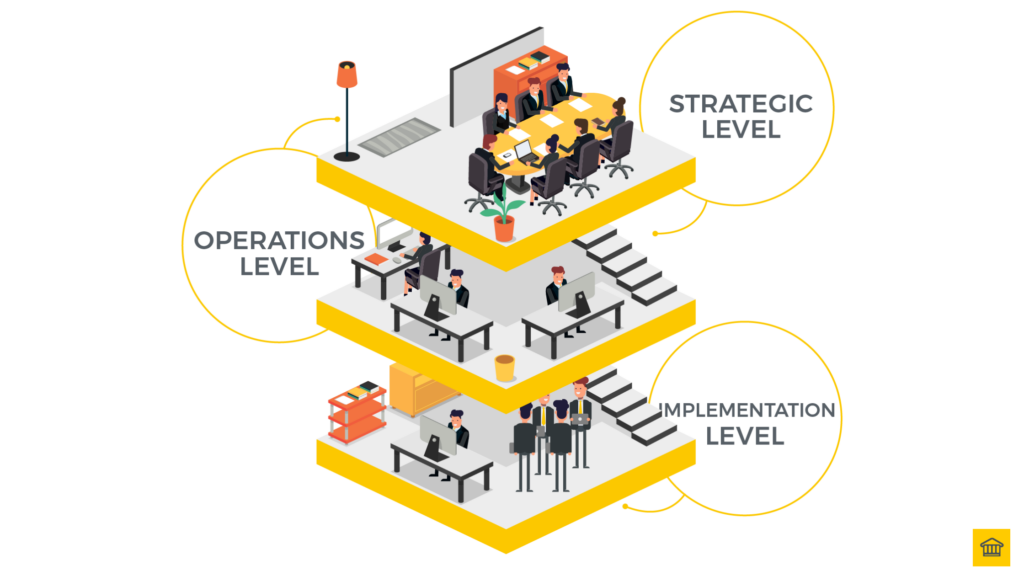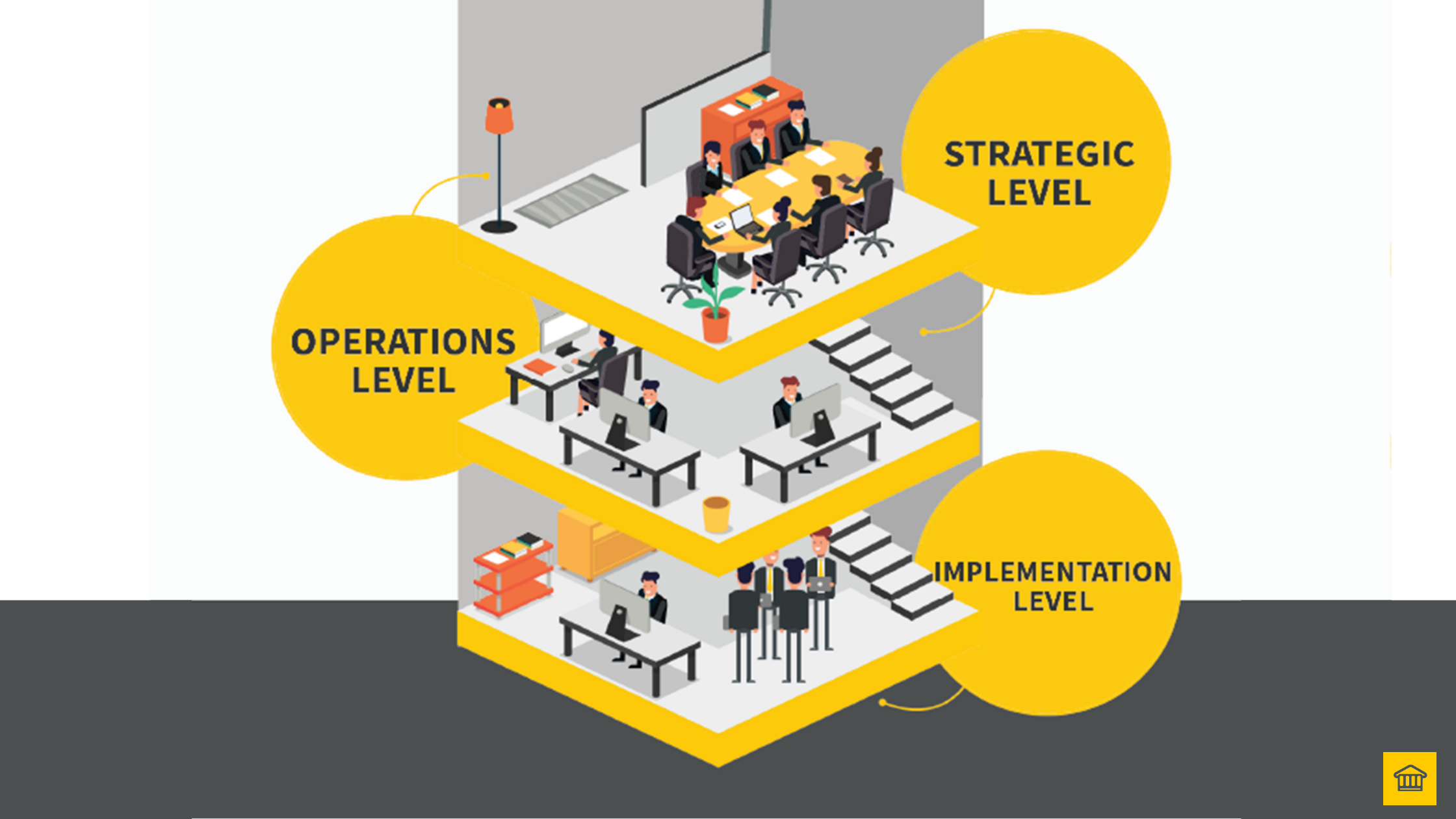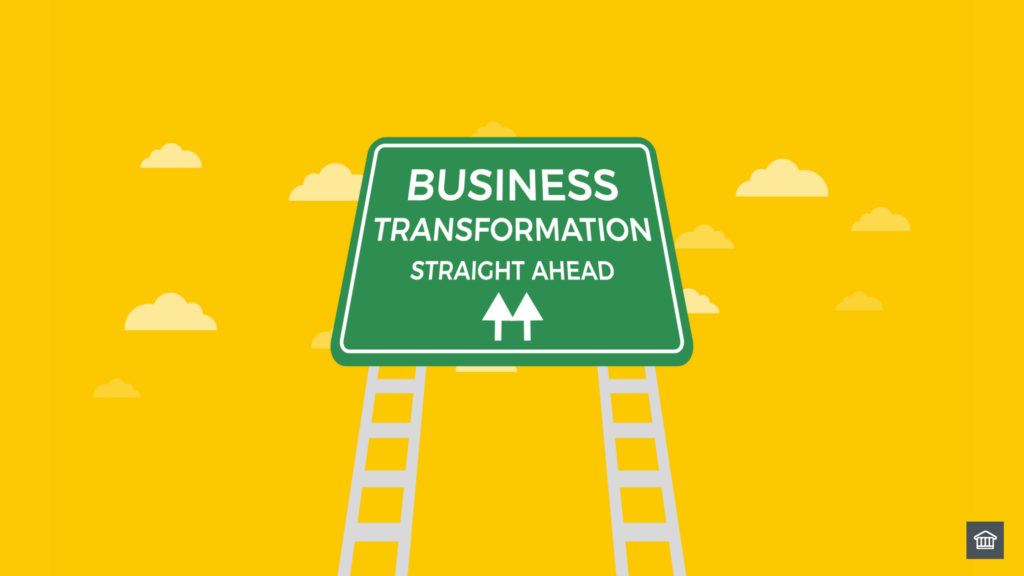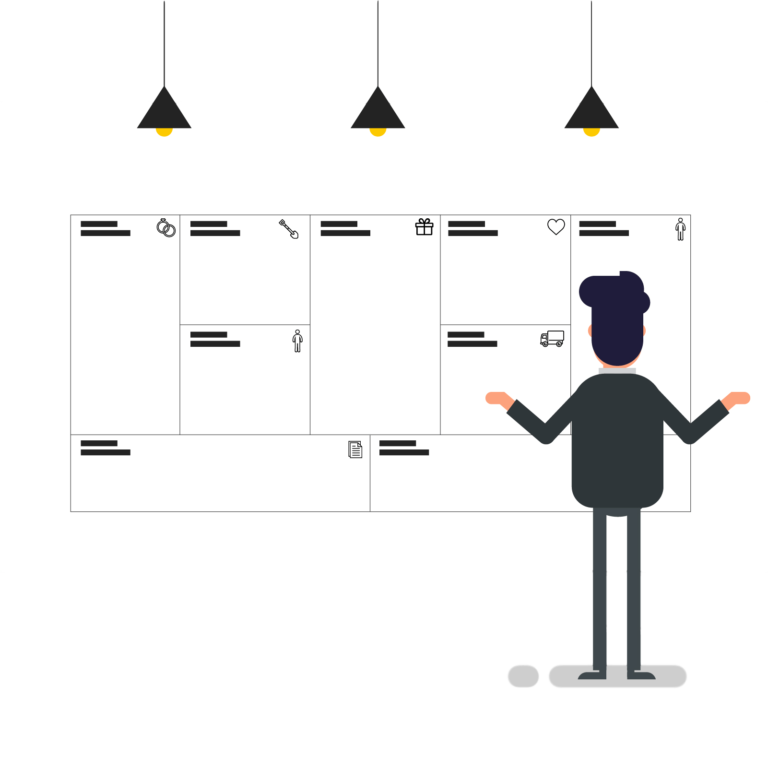Welcome to this comprehensive blog post from HOBA Tech, where we delve deep into the critical topic of business agility and the importance of every layer in a successful transformation.
In this post, we unpack the concept of business agility, its paramount significance in the face of today’s rapidly evolving business landscape, and the crucial role each layer of an organization plays in achieving it. We also shed light on the transformation journey and provide insights into how businesses can unlock their agility to not just survive, but thrive in the digital age.
Here’s a quick overview of what you can expect from this post (click the link to skip to the section below):
NB: Click the images to expand them 📸
In this post, we will discuss the power of embracing every layer of your organization in business transformation. We will explore the three ‘L’s—Layers, Language, and Level—and learn why building internal transformation capability is the key to lasting success.
If you are a Business Transformation Leader, Manager or Consultant and want to transform your organisation faster, with less risk, less effort, less cost and less time, then this is for you.
The Three 'L's: Layers, Language, and Levels
In every organization, there are three distinct layers: the strategic layer (top), the operational layer (middle), and the implementation layer (bottom). Each layer speaks a different language and requires a unique level of detail.
👏 "In today's dynamic business landscape, the concept of business transformation is no longer confined to the boardroom or the executive suite. It's a philosophy that extends to every corner of your organization—every layer, every language, and every level" 🚀💡#3Ls #TeamWork #BusinessTransformation
Heath Gascoigne Tweet
Strategic Layer (Top)
This is where the C-suite resides, and their language is one of macro-level concerns. They focus on high-level information such as market share, competitor analysis, return on investment (ROI), and payback period. Their perspective is essential for setting the overall direction and vision of the organization.
Operational Layer (Middle):
The middle layer deals with operational issues that directly impact day-to-day activities. They speak the language of staff turnover rates, call response times, complaint resolution, and other operational metrics. Their role is to bridge the gap between the strategic vision and its execution
Implementation Layer (Bottom):
At the implementation layer, the language shifts to a highly detailed level. Here, individuals are concerned with the nitty-gritty aspects, such as business requirements documents, software code, and other granular details. This layer is responsible for turning strategies and operational plans into actionable tasks.
Understanding the Three 'L's for Business Agility
Achieving true business agility means understanding how these layers interact with each other and anticipating their wants and needs. In agile organizations, the three ‘L’s work in harmony, ensuring seamless communication and alignment between layers. When each layer understands what the others require, changes become smoother, and adaptation becomes second nature.
On the contrary, organizations that fail to grasp the significance of the three ‘L’s often struggle with changes. Miscommunication and misalignment can lead to delays, resistance, and missed opportunities.

6-Steps to Business Transformation Success
WHAT THE TOP 30% OF ORGANISATIONS KNOW THAT YOU DON’T 👉

👏 "If you liked what you read, learn more about Business Transformation and how to bring it to reality with less stress, less effort, less time, less cost, and higher profit. Learn about our award-winning agile Business Transformation framework, already." 🚀💡 #BusinessTransformation #AgileFramework
Heath Gascoigne Tweet
Three Options for Transformation: Buy, Build, or Borrow
Traditionally, organizations have three options when it comes to transformation: buy, build, or borrow resources and talent. Let’s explore each option along with their pros and cons:
1. Buy:
Purchasing external resources, often through consultants or large consultancy firms like the Big 4, is a common approach. It’s seen as a risk management strategy, especially for larger companies.
- Pros: Access to specialized expertise, reduced internal workload.
- Cons: High costs, potential lack of ownership, limited knowledge transfer.
2. Build
Developing transformation capabilities internally by nurturing and training existing staff. This approach takes time and commitment but can lead to sustainable transformation.
- Pros: Internal ownership, long-term benefits, cultural alignment.
- Cons: Requires time, may not be suitable for immediate needs.
Looking for the Best Training to deliver your Business Transformation? Search no more!
- 30-Day Money-Back Guarantee
- Risk FREE

👏 "Achieving true business agility means understanding how these layers interact with each other and anticipating their wants and needs. In agile organizations, the three Ls work in harmony, ensuring seamless communication and alignment between layers. When each layer understands what the others require, changes become smoother, and adaptation becomes second nature." 🔄🤝 #BusinessAgility #OrganizationalHarmony
Heath Gascoigne Tweet
3. Borrow:
Borrowing resources through agencies or outsourcing partners can provide flexibility, but it may not foster internal capability development.
- Pros: Quick access to resources, flexibility.
- Cons: Limited knowledge transfer, dependence on suppliers.
The Best Approach: Building Internal Transformation Capability
While each option has its merits, the most sustainable approach is to build your internal transformation capability. This means investing in your people, nurturing their skills, and developing a culture of continuous improvement. It’s a commitment to the long-term success of your organization.
At HOBA Tech, we believe in empowering businesses to build their internal transformation capability. Our unique methodology and training programs enable you to develop the skills and talent needed to drive transformation from within. This approach not only reduces dependency on external resources but also fosters a culture of innovation and adaptability.
As you can see, business transformation is not a one-size-fits-all endeavor. It’s a journey that involves every layer, every language, and every level of your organisation. By understanding the three ‘L’s and choosing to build your internal transformation capability, you can position your organisation for sustainable success in an ever-changing business landscape. It’s time to make business transformation everyone’s business!
Conclusion
In conclusion, this blog post from HOBA Tech has provided a deep dive into the concept of business agility and the importance of every layer in a business transformation. It has emphasised the significance of understanding and unlocking business agility in today’s rapidly changing business environment.
Understanding these concepts and the role of each layer in transformation is crucial for businesses seeking to navigate their transformation journey successfully. It’s not just about changing processes, but about adapting and innovating at every level of the organisation to meet the unique challenges of today’s business environment.
If you found this post informative and would like to learn more about business agility, transformation, and other related topics, we invite you to explore further on HOBA Tech’s website.
If you’re interested in discussing how HOBA Tech can assist your business in unlocking its agility and navigating the transformation journey, please don’t hesitate to contact us. We look forward to hearing from you and helping your business to thrive in the digital age.
About HOBA Tech
If you liked what you read, learn more about Business Transformation and how to bring it to reality with less stress, less effort, less time, less cost, and higher profit. Learn about our award-winning agile Business Transformation framework, already used by thousands across the world to transform their business, including the UK Government, FTSE 100 Companies and start-ups, check it out here.
If you want to read why others are calling The Business Transformation Playbook the “Business Transformation Bible,” read the Amazon reviews here.
Hope you find that useful. If you did, let me know in the comments below what you like and would like to see next, and share this with anyone you think would benefit from it!
Thank you for reading this!
Sincerely,

Heath Gascoigne
P.S. If you want to join our Business Transformator community of 2,000+ like-minded Business Transformators, join the community on the Business Transformator Facebook Group here.
P.P.S. If you want to learn more about business transformation, check out The Business Transformation Playbook here.














